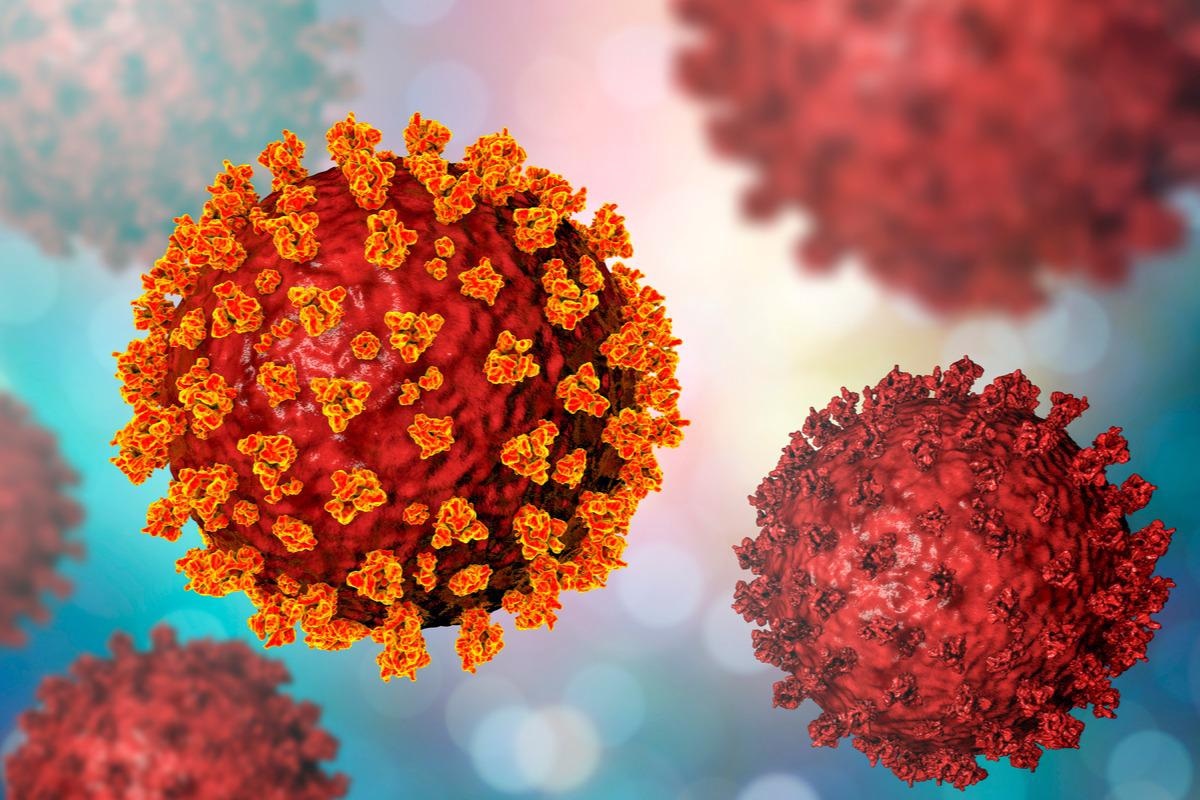Scientists now understand that severe acute respiratory syndrome coronavirus 2 (SARS-CoV-2) negatively impacts the brain.
However, whether the virus travels directly or indirectly into the brain remains poorly understood.
 Study: NRP1 and furin as putative mediators of SARS-CoV-2 entry into human brain cells. Image Credit: Kateryna Kon/Shutterstock
Study: NRP1 and furin as putative mediators of SARS-CoV-2 entry into human brain cells. Image Credit: Kateryna Kon/Shutterstock
Several suggestions have been proposed from entry through olfactory or vagal nerves to neurovascular routes. To complicate matters, ACE2 and TMPRSS2 — two key players for viral entry into cells — expression are nonexistent in the brain.

 This news article was a review of a preliminary scientific report that had not undergone peer-review at the time of publication. Since its initial publication, the scientific report has now been peer reviewed and accepted for publication in a Scientific Journal. Links to the preliminary and peer-reviewed reports are available in the Sources section at the bottom of this article. View Sources
This news article was a review of a preliminary scientific report that had not undergone peer-review at the time of publication. Since its initial publication, the scientific report has now been peer reviewed and accepted for publication in a Scientific Journal. Links to the preliminary and peer-reviewed reports are available in the Sources section at the bottom of this article. View Sources
A new study proposes a different method of entry. The results showed high expression of a host-cell entry receptor called NRP1.
Background
The NRP1 receptor may allow entry for furin cleaved SARS-CoV-2 spike proteins. Based on the findings, the researchers suggest SARS-CoV-2 entry in the brain is mediated through the actions of NRP1 and furin.
The significant expression of NRP1 and furin in neuronal cells, including within the olfactory epithelium and hippocampal formation, suggests that NRP1 may have a role in the pathomechanisms of synaptic pathologies; such as, loss of the sense of smell and taste, memory loss, and multiple psychiatric manifestations in COVID-19, as the acute or long term sequelae,” explained the research team.
Understanding the mediators behind viral entry into the brain may help scientists develop or repurpose drugs that target these key players, potentially preventing neuropsychiatric manifestations seen during infection and in some people with long COVID.
The study was recently published in the bioRxiv* preprint server before it undergoes peer review.
Study details
The researchers conducted an in silico analysis of databases that have information on the transcriptomic and proteomic expression of ACE2, TMPRSS2, NRP1, and furin in several human brain areas.
ACE2 and NRP1 are SARS-CoV-2 host cell-entry receptors. TMPRSS2 and furin are entry-associated host proteases.
The team did not find any expression of ACE2 and TMPRSS2 in any of the studied brain areas, including the hippocampus.
Across the human brain, the database showed transcriptomic and proteomic expression of both NRP1 and furin. Protein expression for NRP1 and furin were found in neurons, neuropil, and glial cells.
Because NRP1 also plays a role in the regeneration and plasticity of adult neurons, it is an essential player for hippocampal neurogenesis. With high expression of NRP1 and furin in the hippocampal area, the researchers suggest SARS-CoV-2 may be entering the brain and producing neurological damage by disrupting either olfactory/hippocampal neurogenesis or brain plasticity.
Limitations
While the team did not find expression of ACE2 and TMPRSS2, it is important to note that not all brain areas were available for analysis. This makes it difficult to completely rule out their role in viral entry of the brain. Additionally, the research team made observation but did not have any experimental evidence to verify the findings.

 This news article was a review of a preliminary scientific report that had not undergone peer-review at the time of publication. Since its initial publication, the scientific report has now been peer reviewed and accepted for publication in a Scientific Journal. Links to the preliminary and peer-reviewed reports are available in the Sources section at the bottom of this article. View Sources
This news article was a review of a preliminary scientific report that had not undergone peer-review at the time of publication. Since its initial publication, the scientific report has now been peer reviewed and accepted for publication in a Scientific Journal. Links to the preliminary and peer-reviewed reports are available in the Sources section at the bottom of this article. View Sources
Article Revisions
- May 10 2023 - The preprint preliminary research paper that this article was based upon was accepted for publication in a peer-reviewed Scientific Journal. This article was edited accordingly to include a link to the final peer-reviewed paper, now shown in the sources section.